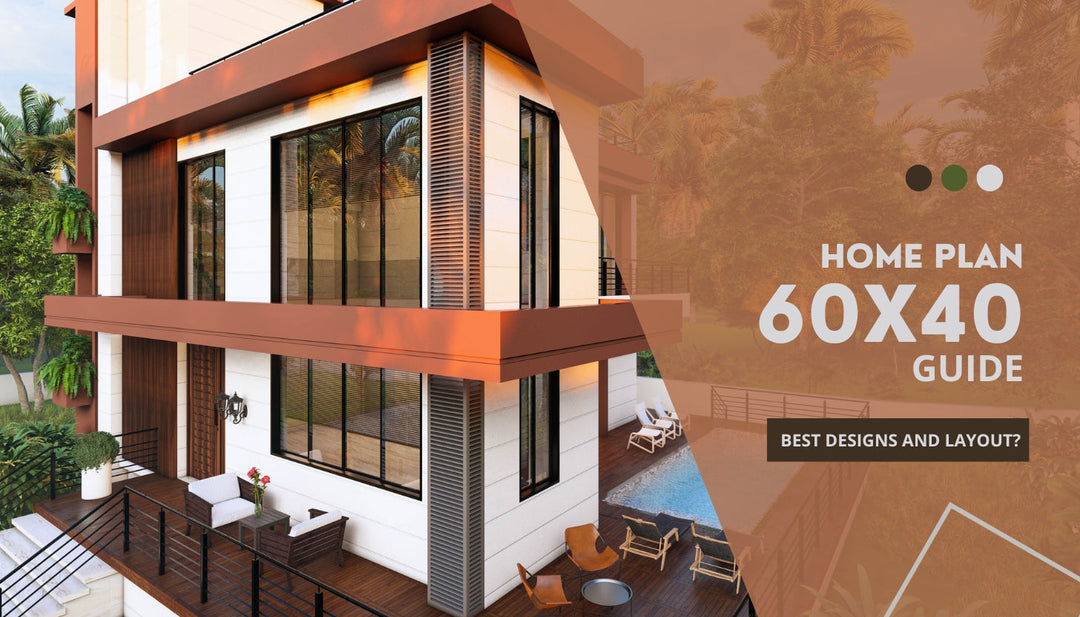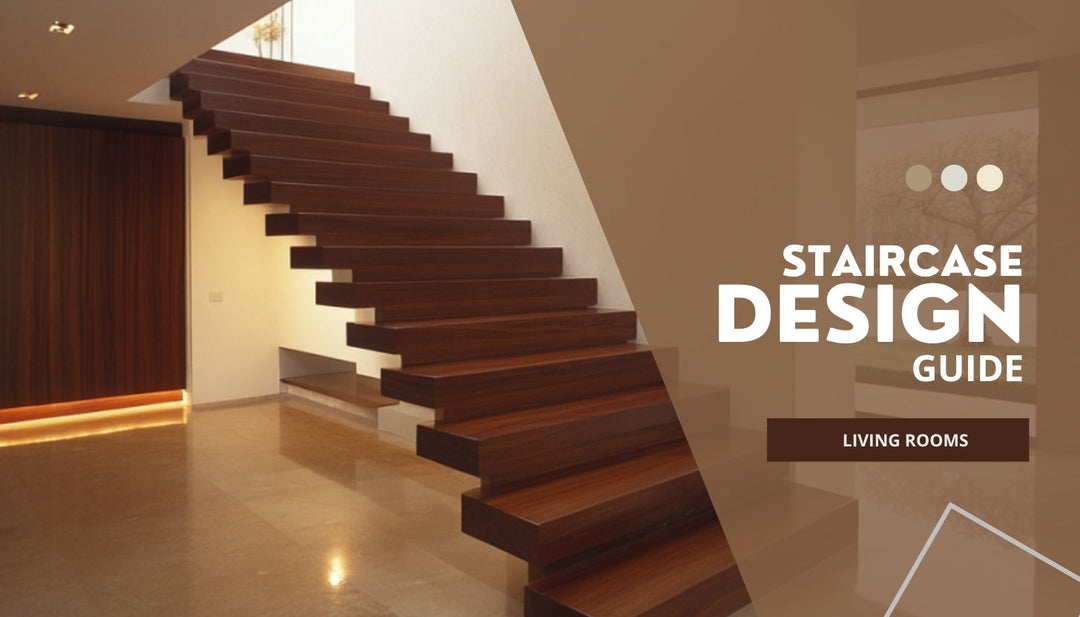Home lighting: the latest trends in lighting design and technology
Lighting design is often an overlooked aspect of home interiors, but it plays a crucial role in creating a functional and visually appealing space. From setting the mood to saving money on electricity bills, the right lighting can make all the difference. In this article, we take a closer look at the latest trends in lighting design and technology, and how they are shaping the future of home interiors.
Minimalism Meets Functionality
Minimalism is all the rage in home design, and the latest lighting trends are no exception. Sleek and modern fixtures, clean lines, and a focus on natural elements are taking center stage. But it's not just about looks, these lighting trends are also about functionality. With the right lighting, you can transform a space and make it more inviting and comfortable.
One of the latest trend in Lighting design is Biophilic design, which focuses on bringing natural elements into the home. This approach not only enhances the aesthetic of the space but also has been proven to improve mental and physical well-being of the inhabitants.
Energy-Efficient Lighting
Energy-efficient lighting is not only good for the environment, but it's also good for your wallet. With the latest LED and smart technology, you can save money on your electricity bill while also reducing your carbon footprint. According to a study by the Environmental Protection Agency, if every household in India switched to LED lights, it could save the country over 1,500MW of electricity. That's enough to power over 1.5 million homes!
From dimmable bulbs to smart home integration, these energy-efficient options are revolutionizing home design and making sustainable living more accessible.
Setting the Mood
Lighting is not just about illuminating a space, it's also about setting the mood. The latest color-changing and dimmable lighting options allow you to control the ambiance of your home with the touch of a button. From a warm and cozy living room to a cool and relaxing bedroom, the possibilities are endless. With these lighting options, you can create the perfect ambiance for any occasion.
Smart Lighting,
Smart Home Home automation is all the rage, and lighting is no exception. With the latest smart technology, you can control your lights from your phone or voice commands. From setting schedules to dimming lights, the possibilities are endless. Smart lighting is not only convenient, but it also adds an extra layer of security to your home. With the ability to turn lights on and off remotely, you can give the appearance that someone is home even when you're away.
Designing with Light
Indian architecture and interior design is known for its rich history and culture. But that doesn't mean it can't be modernized. The latest lighting trends can be incorporated into traditional Indian homes to create a unique and inviting space. From using natural elements to incorporating smart technology, architects can use these tips to design homes that are both functional and visually stunning.
A Room by Room Guide
Lighting is not one size fits all, and different rooms require different lighting solutions. From warm and inviting living rooms to cool and functional kitchens, the right lighting can make all the difference. This guide will take you room by room and show you how to choose the right temperature, fixture, and distance for the perfect home design. With the right lighting, your home will be both functional and visually stunning.
Lighting Design Guide Table for Home Interiors
Here is a table that provides an overview of ideal lighting principles for different room types in an Indian house:
| Room Type | Temperature | Wattage | Placement | Effects |
|---|---|---|---|---|
| Living Room | Warm (2700-3000K) | 50-80 watts per sq. meter | Combination of overhead and task lighting | Creates a warm and inviting ambiance |
| Bedroom | Cool (4000-5000K) | 20-40 watts per sq. meter | Overhead, bedside, and task lighting | Promotes relaxation and sleep |
| Kitchen | Cool (4000-5000K) | 40-60 watts per sq. meter | Task lighting for work surfaces and overhead lighting for general illumination | Enhances visibility and safety while cooking |
| Bathroom | Cool (4000-5000K) | 80-100 watts per sq. meter | Recessed overhead lighting and task lighting for mirrors | Provides bright and even lighting for personal grooming and hygiene |
| Home Office | Bright (5000-6500K) | 40-60 watts per sq. meter | Task lighting for desk and overhead lighting for general illumination | Enhances visibility and productivity |
It's worth noting that these are general guidelines and you may need to adjust lighting depending on the size and layout of the room, personal preferences, and the specific activities that take place in the room.
It's also recommended to use dimmable lights in most of the rooms in order to create different ambiance as per requirement. And in the case of bedrooms, it's better to use warm light so it helps in creating a cozy and relaxing atmosphere.
The above table provides a general overview of ideal lighting principles for different room types in an Indian house, but it is always best to consult with a lighting professional to determine the specific lighting needs for your home.
In conclusion,
lighting design and technology are constantly evolving, and the latest trends are all about minimalism, natural elements, energy efficiency, and smart technology. By incorporating these trends into your home, you can create a space that is both functional and visually stunning, while also saving money and reducing your carbon footprint.
Whether you're an architect looking to design homes that are both traditional and modern or a homeowner looking to update your space, understanding the latest trends in lighting design and technology is essential. As the famous architect,
Le Corbusier once said, "Architecture is the masterly, correct, and magnificent play of masses brought together in light."
With the right lighting, you can bring your home to life and create a space that is truly magnificent.








Leave a comment